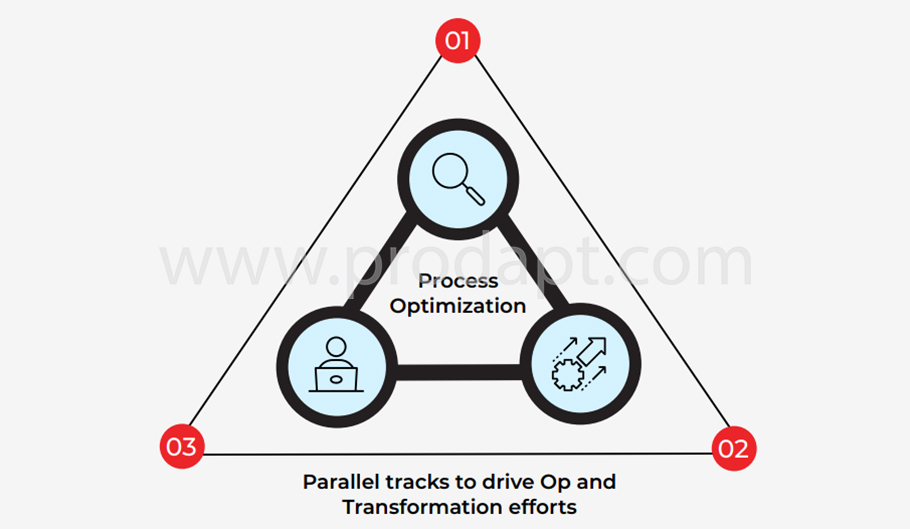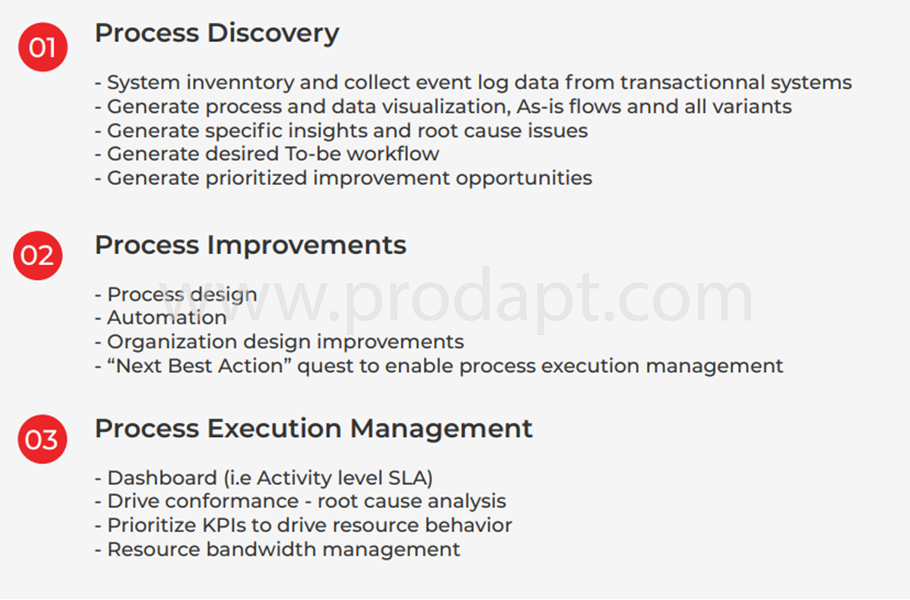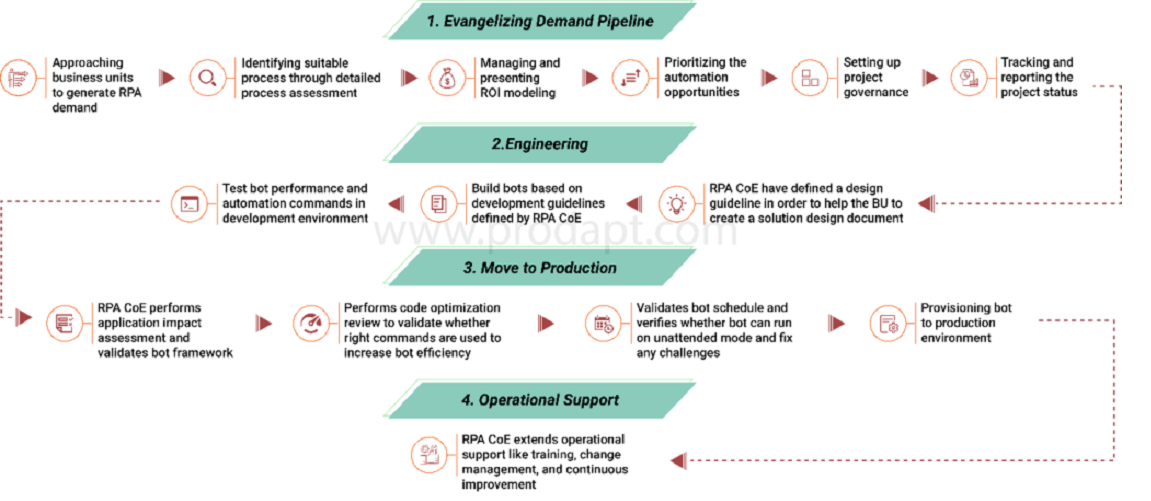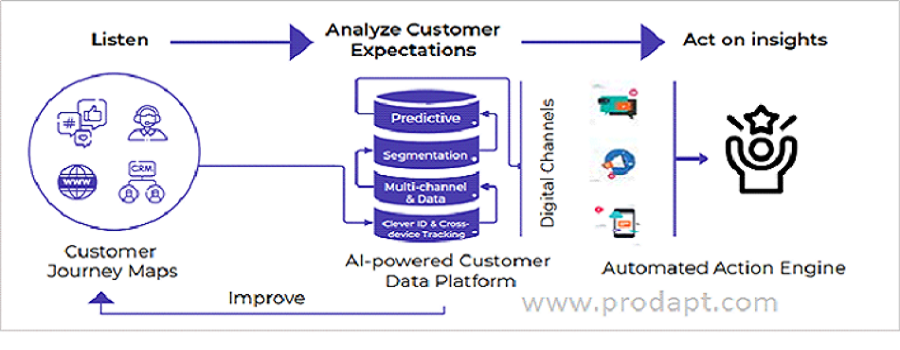Adding intelligence to robotic process automation
Robotic Process Automation (RPA) is a low-code, low-cost option for the service providers in the connectedness industry to automate high-volume manual processes, delivering cost, efficiency, accuracy, and transparency. By automating a large part of day-to-day activities, service providers can drive accuracy, improve employee morale and productivity, and ensure reliability and consistency of operations. However, to drive the intended benefits from their RPA initiatives, service providers need to understand the difference between the three primary levels of RPA maturity: Basic RPA, Cognitive RPA, and Intelligent RPA.
The Basic RPA relies on easy-to-implement and understanding fundamental technologies such as macro scripts and workflow automation. It is rule-based, does not involve much coding, and uses an ‘if-then’ approach to processing. Cognitive RPA, on the other hand, is a knowledge-based approach. It uses complex technologies such as natural language processing (NLP), text analytics, and data mining to automate parts of the process that Basic RPA cannot. But service providers can primarily benefit from Intelligent RPA, which uses AI/ML technology for decision making. With AI/ML, Intelligent RPA can go beyond data processing (gathering, sorting, calculating, and reporting), automate processes based on continuous analysis of incoming information, and learn to act smarter over time. This is especially beneficial for service providers dealing with large volumes of unstructured data. Furthermore, Intelligent RPA can gather insights and improve them over time while working together for the best results.
The insight elaborates on the three maturity levels of RPA and how to adopt them across the customer engagement lifecycle to help build out and deliver high-value use cases.
With RPA, service providers can drive accuracy, improve employee morale and productivity, and ensure reliability and consistency of operations
Three main levels of RPA maturity


















